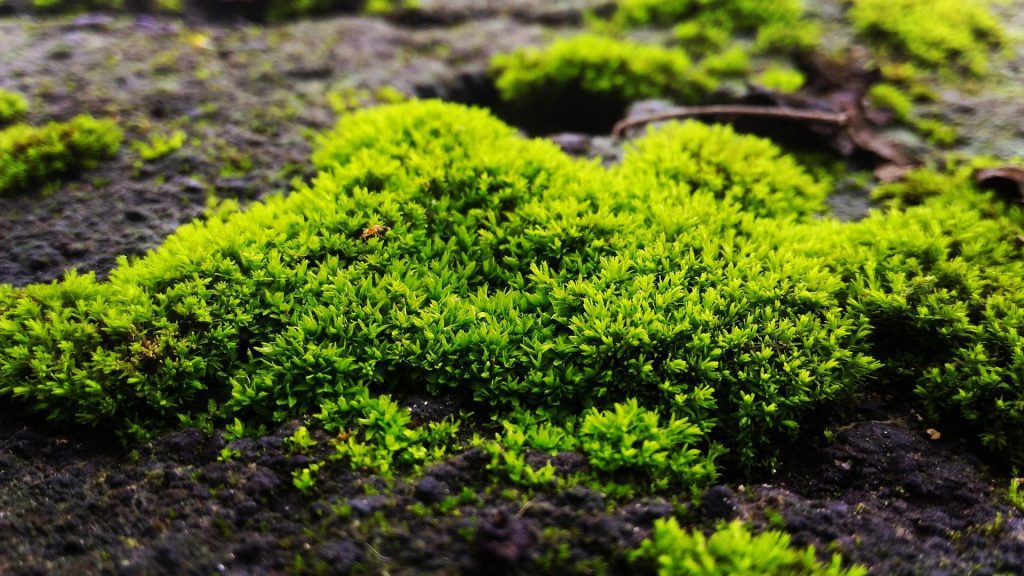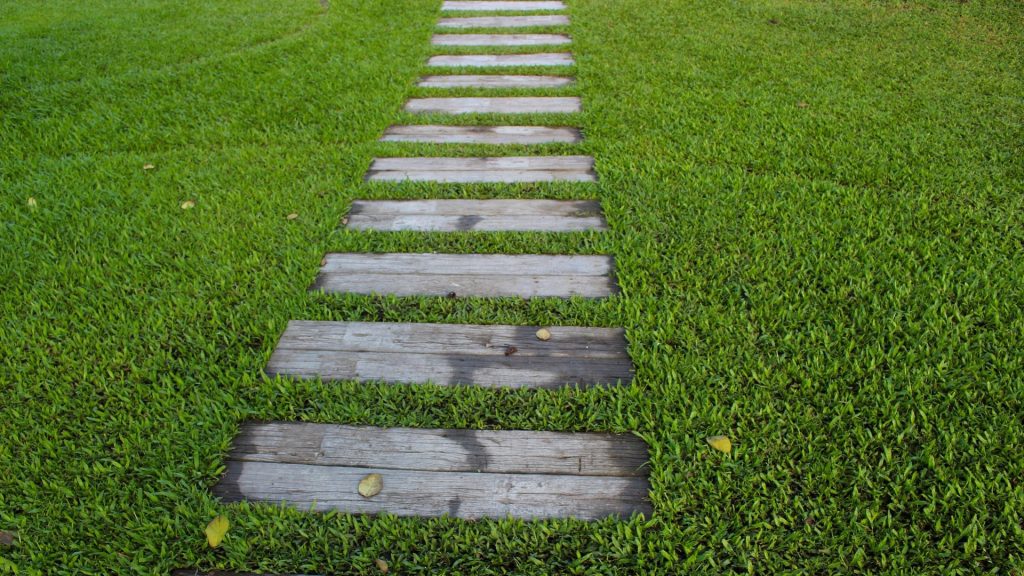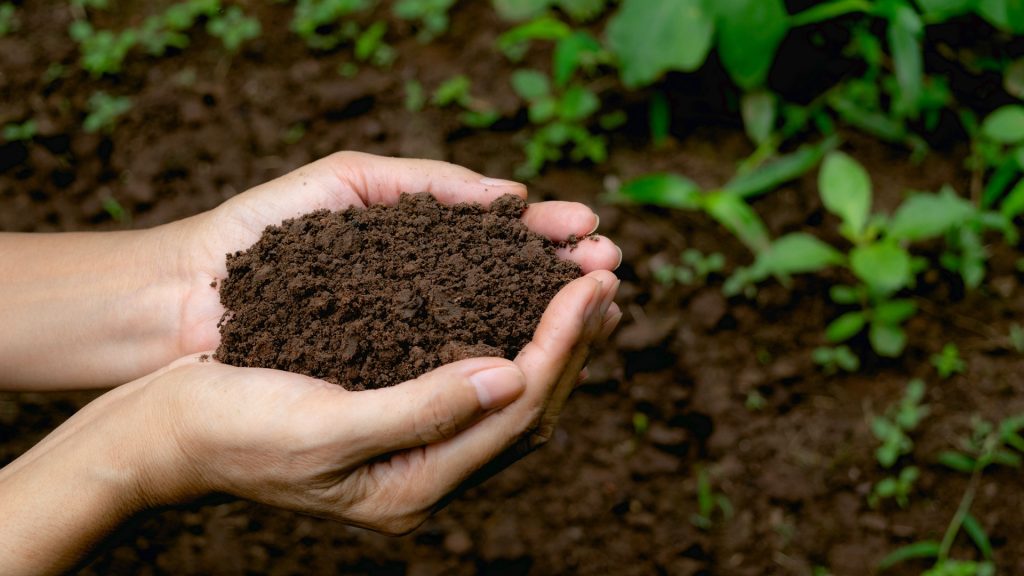
Liming Your Lawn: Is It The Cure For Soil Acidity?
Is your soil too acidic? It’s important to test your soil’s pH levels regularly so that you can be sure its acidity is not too high, as this can prevent your lawn and plants from growing healthily.
What is acidic soil? Your soil is acidic when it has a pH of less than 7. If it’s less than 5.5, then it’s strongly acidic.
Here’s how to treat it so that you can balance your soil’s pH to encourage grass growth. We’ll start by looking at what causes your soil to become too acidic.
What Causes Soil To Become Acidic?
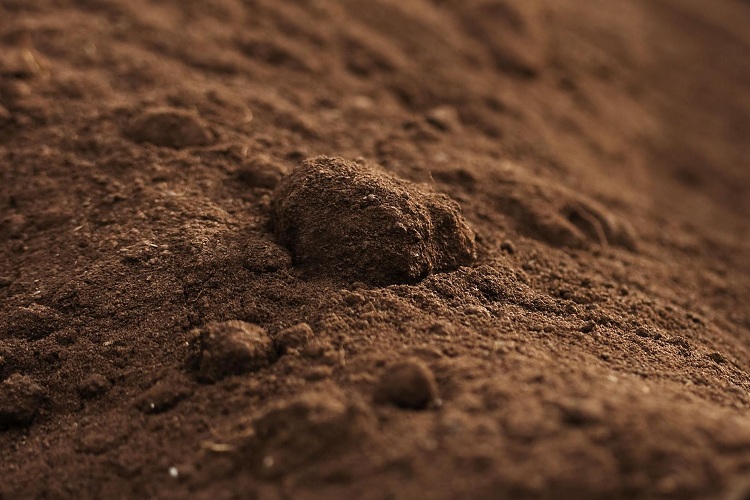
There are many factors that can cause your garden soil to become acidic. These include the use of chemical fertilizers that disrupt the soil pH and the leaching of elements from too much irrigation or rainfall, such as magnesium and calcium.
If there’s a surplus of organic matter that breaks down in the soil and this is acidic, it can also increase the acidity of the soil. This issue is sometimes found in pine forests and peat bogs.
Top Signs That Your Soil Is Too Acidic
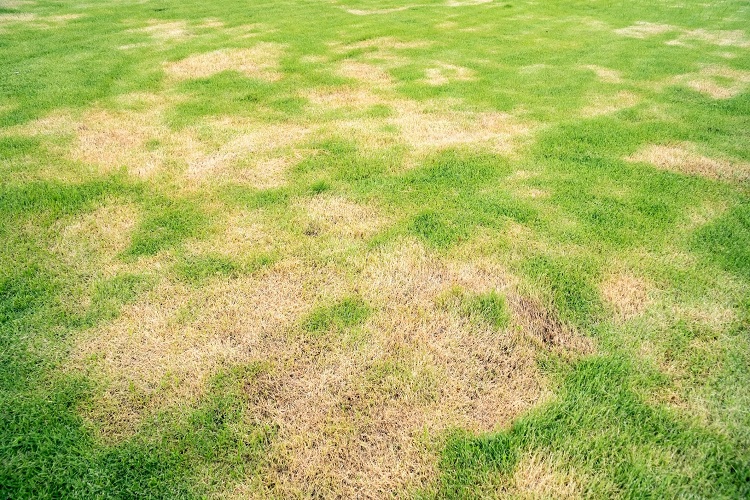
If you’re battling to grow a healthy lawn, it’s always recommended to first test the soil’s pH so that you can be sure of what you’re dealing with and if acidity is the problem.
There are also signs that will indicate a high level of acidity, such as the following:
- You have yellow spots in your lawn or your grass blades are wilting. This is because acidic soil causes your grass to grow weaker.
- Your grass is experiencing what’s known as leaf blight, which is a fungal disease.
- Your property contains a lot of pine and oak trees. These tend to grow well in acidic soil.
- You’re dealing with weeds and moss in your lawn, as both thrive in acidic conditions.
How To Fix Soil Acidity
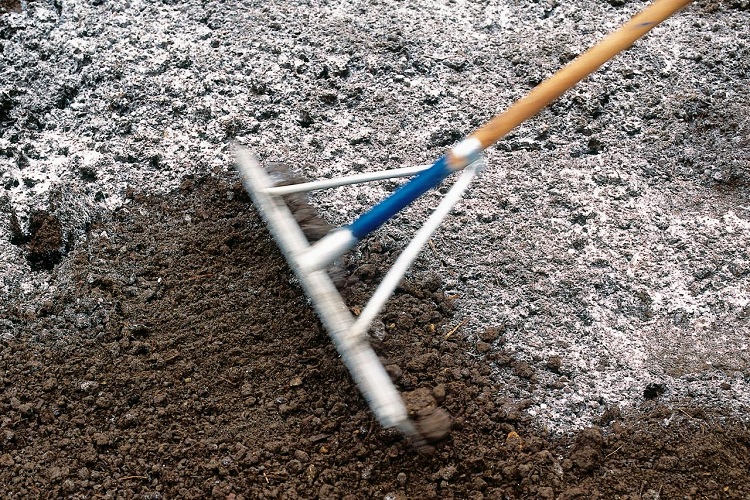
Although some plants actually thrive in acidic soil, such as blueberries, hydrangeas, gardenias, and magnolias, if you want to grow a healthy lawn you’ll need to ensure you correct your soil acidity.
Otherwise, your lawn will show that it’s suffering by having many weeds in it and not growing healthy grass as a result of how the grass can’t absorb the nutrients it needs to thrive.
Lime neutralizes acidity by dissolving and getting released into the soil solution where it reacts with hydrogen and aluminum in the soil.
What type of lime should you add to your soil?
Pulverized limestone is one of the best products and it will increase your soil’s pH quickly. When shopping for lime, check for labels such as “agricultural lime” or “garden lime.”
You should avoid types of lime that are labeled “quicklime” or “hydrated lime” as these are too caustic for garden usage.
When adding lime to your soil, make sure you add about five to 10 pounds of it per 100 square feet of your soil. This will help to increase the soil’s pH by one level. So, if you’re at a soil pH of four, it will take it up to a soil pH of five.
What about pelletized lime?
Right, so there is powdered as well as pelletized lime available. Let’s take a look at what they’re about so you can choose the best one for your needs.
- Powdered Lime: This is limestone rock that’s crushed into a powder that can work quickly once it’s mixed in with your soil. However, the problem with this type of lime is that it can be blown away if you apply it on a windy day because of its extremely fine consistency.
- Pelletized Lime: This type of lime combines lime powder with an adhesive, so it produces small pellets. These can be easier to control and work within your garden. When the pellets come into contact with water, the adhesive melts away and the pellets become powder again. However, make sure you buy a quality product. The pellets should be uniform in size so that you don’t get an uneven distribution of lime in your garden.
Do you have to reapply lime to your garden soil?
Once you have the correct soil pH for growing your grass, you might have to add more lime to the soil on a regular basis so that you can maintain its pH level.
To prevent adding too much lime to the soil and throwing its pH balance out of whack again, test your soil’s pH once a year.
Tips To Follow When Adding Lime To Your Soil

You might be wondering how, exactly, to add lime to your soil. Here’s what you should do.
- Start by choosing the right time of year in which to add lime to your soil. The fall season is the best time. This is because it gives the lime a few months to dissolve before you plant grass in the spring.
- Apply the lime with a shovel. You should use a shovel to spread the lime all over your soil. Make sure you spread it evenly across the top of your soil. If you want to use a garden spreader instead, this also works well. Just make sure that when spreading lime over your soil you wear protective goggles and a breathing mask.
- If you’re using a spreader, walk in a straight line and ensure that you spread the lime in the same direction with every pass of the spreader. This ensures an even distribution of the lime.
- Till the lime into the soil. It’s not enough to sprinkle the lime over your garden soil and leave it. It has to be worked into the soil, and you can do this by tilling the soil. Basically, just mix the lime into the soil at a depth of about five inches.
- Water your soil. This helps to activate the lime to work. A soaker hose is ideal as it helps to saturate the ground slowly and it enables it to filter down.
Can You Apply Lime At The Same Time As Fertilizer?
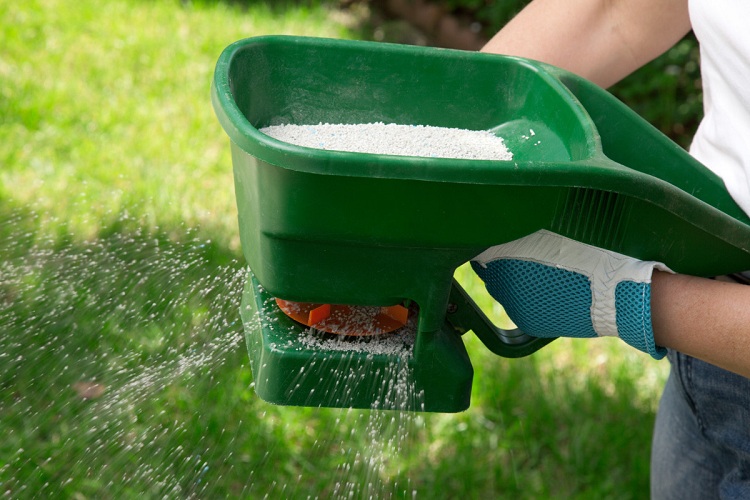
If you want to boost the growth of your grass with a nourishing fertilizer, you can do this at the same time as when you apply lime to the soil.
This is actually beneficial because of how the fertilizer provides a quick supply of nutrients to the lawn soil while the lime is a slow-release ingredient that will maintain the soil’s correct pH level.
Other Benefits Of Applying Lime To Your Soil
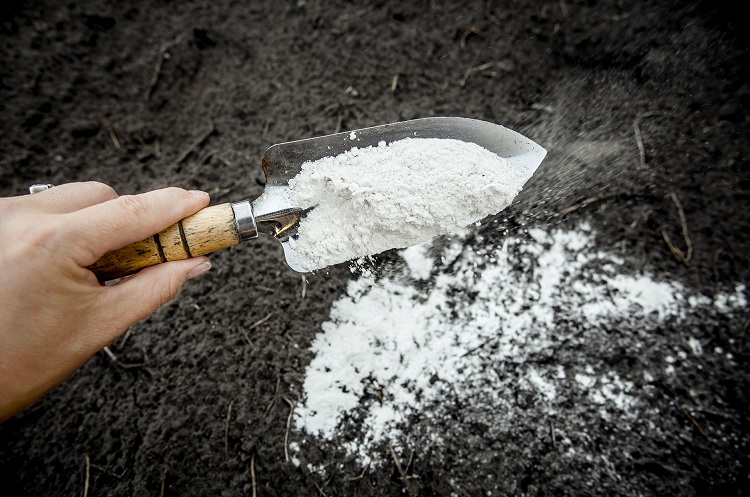
Lime removes acidity but comes with other benefits. Here are some to consider.
- Lime is actually a good source of calcium for the soil, which grass and plants require.
- Plants are able to grow healthier, stronger roots as they are exposed to less aluminum, which is toxic.
- When plant roots are stronger, this makes them more tolerant to drought.
- When lime decreases the acidity of the soil, this enables the grass to achieve enhanced nutrient solubility.
What Are The Potential Drawbacks Of Adding Lime To Your Soil?

Although lime is beneficial for your garden and lawn, and it has other advantages as we’ve seen, there are also some potential drawbacks that you should know about.
- Patience is required: When applying lime to your lawn, you need to be patient because you’re going to have to wait for the lime to take effect. It can take up to two or three years for the lime to be able to penetrate your garden soil, so you have to test the soil and wait for it to take effect. That said, you might start to see positive results in your soil within a few months after applying lime.
- You might add too much lime: Another reason why you should be patient when adding lime to your soil is that adding too much can lead to grass and plant growth issues.
- Lime can be harmful to your health: Lime isn’t toxic to humans or pets, but when you apply it to your soil you need to protect your eyes, throat, nose, and skin. This is because they can be irritated by coming into contact with lime. Therefore, make sure you wear protective masks, gloves, and goggles when working with lime. Make sure you don’t let your pets or kids enter any areas where you’ve applied lime until it’s been watered with a minimum of a quarter-inch of water. If you come into contact with lime, flush the affected area with water.
What Are Some Lime Alternatives?
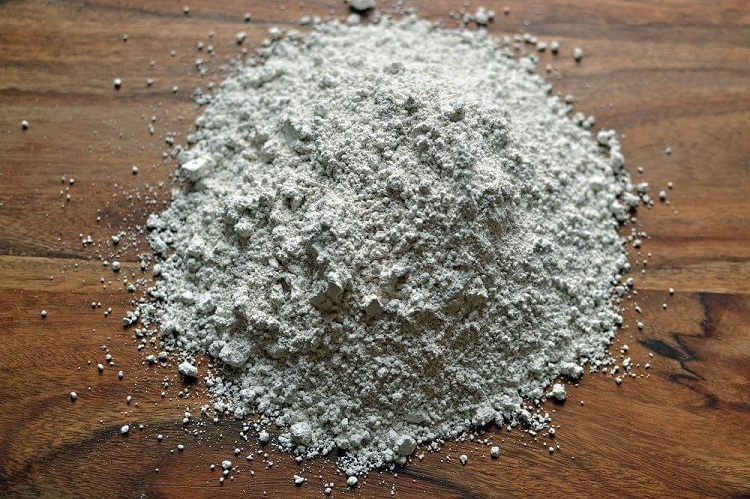
There are some other acid-reducing methods if you’re interested in liming your lawn. Here’s a rundown of them and what makes them effective.
Bone Meal
Bone meal is made up of animal bones that are a byproduct of the meat industry. The bones get steamed and ground up into pellets or a powder. It’s a valuable source of calcium that increases your soil’s pH.
Organic bone meal is ideal for establishing lawns because it enables young plants to mature at a faster rate, and it also helps to establish a dense root structure.
Just like with lime, it’s not going to give you a quick fix. It’s most useful for soils that are only a bit acidic. You need to apply the bone meal to your soil at a rate of five pounds per 50 square feet.
Wood Ash
Wood ash works well to decrease the soil’s acidity level because it contains a large amount of calcium. This is the main lime substitute that works effectively to boost the soil pH.
You should apply wood ash to your soil during the fall, and try to apply five pounds of it per 100 square feet. When applying it, make sure you dig into the soil so that the small particles of wood ash won’t blow away.
Compost
This alone won’t boost your soil’s pH but it is an important ingredient to apply to your soil to maintain its balanced pH.
It will also nourish your soil with nutrients it needs to thrive, and it’s therefore also useful to add to your soil while you’re trying to get the soil pH at a healthy level. You should add around two inches of compost to your soil per year.
Related Questions
How often should you test your soil’s pH?
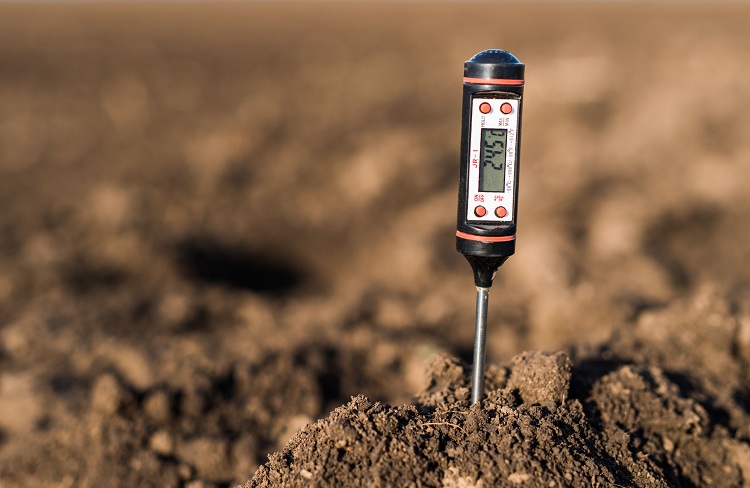
Your soil pH should be tested every few years unless you’re dealing with acidic soil. You can do this with a DIY test kit that you purchase from home improvement stores or online, or you can have your soil tested by the pros – send a soil sample to your local extension office.
What types of grass-like acidic soil?
Centipede and zoysia grass both grow well when they’re planted in acidic soil, even if the pH is as low as 5.0.
Conclusion
Although some plants can thrive in acidic soil, generally having high levels of acid in your soil can make grass and plants struggle to grow.
To reduce your soil acidity, there are various methods you can try, such as adding lime to it. In this article, we’ve also looked at lime alternatives to reduce how acidic your soil is so that it will encourage a healthy lawn to grow.
Resources:
